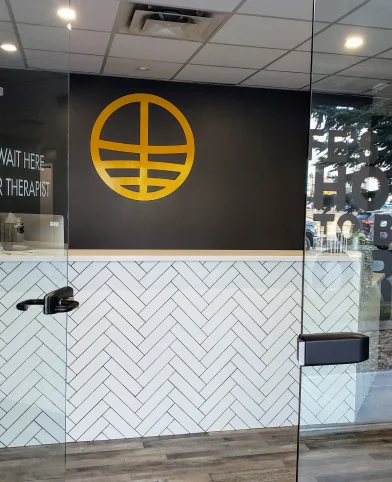Understanding Hernias and Pain Management Through Massage
For active individuals in Edmonton and Sherwood Park, dealing with hernia pain can disrupt not only daily routines but also athletic pursuits. A hernia occurs when an organ or tissue pushes through a weak spot in the muscle or connective tissue, leading to discomfort, visible bulges, and potential complications.
While surgical intervention is often required, complementary approaches like hernia massage can support recovery, alleviate symptoms, and promote overall well-being. This article delves into how massage therapy can help manage hernia-related discomfort and offers practical advice for incorporating it into your wellness routine.
What is a Hernia?
Hernias can occur in different parts of the body, with the most common types including:
- Inguinal Hernia: Found in the groin, caused by the intestine or bladder pushing through the abdominal wall or inguinal canal.
- Umbilical Hernia: Located near the belly button, where part of the intestine pushes through the abdominal wall.
- Hiatal Hernia: Occurs when part of the stomach moves up into the chest through the diaphragm.
Common Causes:
- Heavy lifting
- Chronic coughing
- Obesity or straining during bowel movements
Symptoms to Watch For:
- Noticeable bulges or lumps
- Pain, especially when lifting or bending
- Nausea, vomiting, or digestive discomfort
Does a hernia hurt? Yes, hernias can cause varying levels of pain, especially during physical activities or strenuous movements.
For more detailed information on hernia symptoms and treatments, visit the Mayo Clinic’s hernia guide.
Can Massage Therapy Help with Hernias?
While massage therapy cannot “fix” a hernia, it may provide significant benefits for symptom management:
Key Benefits:
- Pain Relief: Gentle techniques can reduce tension around the hernia site, offering relief.
- Improved Circulation: Enhanced blood flow may reduce inflammation and support healing post-surgery.
- Stress Reduction: Massage promotes relaxation, which can minimize symptom aggravation from stress.
Precautions: Always consult with a healthcare provider before pursuing hernia massage, especially if you have a severe or strangulated hernia.

Effective Massage Techniques for Hernia Discomfort
Certain massage methods can alleviate hernia-related pain while improving muscle health:
1. Myofascial Release
This technique targets connective tissue to reduce tension and improve mobility around the hernia site.
2. Gentle Abdominal Massage
Carefully performed abdominal massage can ease discomfort and boost blood flow. Ensure this is done by a trained therapist to avoid worsening the hernia.
3. Trigger Point Therapy
This method focuses on relieving tight knots in muscles contributing to pain near the hernia area.
For services tailored to your needs, consider therapeutic massage in Sherwood Park.
Benefits of Massage for Post-Surgical Recovery
For individuals who’ve undergone hernia surgery, massage therapy can be part of the recovery process:
- Scar Tissue Reduction: Techniques like myofascial release can minimize scar tissue and enhance flexibility.
- Pain Management: Targeted approaches alleviate post-operative soreness.
- Stress Relief: Recovery can be taxing, and massage provides much-needed relaxation.
When to Avoid Massage Therapy
Massage is not always appropriate for hernia patients. Avoid massage if:
- You have a strangulated hernia (a medical emergency requiring immediate attention).
- You’ve had surgery recently and have not been cleared by a healthcare provider.
- You experience significant pain during or after the massage.
Supporting Your Recovery with Lifestyle Adjustments
To complement massage therapy, consider these additional strategies:
- Strengthen Core Muscles: Physical therapy can help rebuild strength and reduce recurrence risks.
- Avoid Heavy Lifting: Prevent further strain on weak muscles.
- Healthy Weight Management: Obesity increases pressure on the abdominal wall.
For targeted recovery, explore deep tissue massage to complement your routine.
A Holistic Approach to Hernia Wellness
Hernia management requires a combination of medical care, physical activity adjustments, and stress relief. With the right approach, including massage therapy, you can reduce discomfort and maintain your active lifestyle.
To access trusted massage therapy services in Edmonton, visit downtown Edmonton massage or other locations for tailored solutions.
Reclaim Your Comfort and Mobility
Living with a hernia doesn’t mean giving up on your active lifestyle. With the right combination of medical care and supportive therapies like massage, you can minimize pain and enhance recovery. Take the first step toward wellness by exploring services tailored to your needs at Athlete’s Choice Massage.





